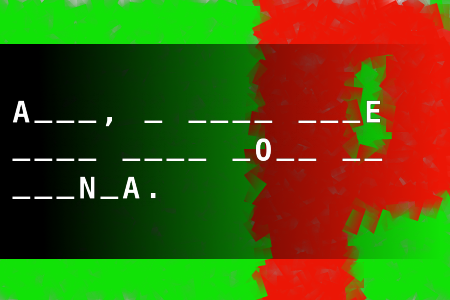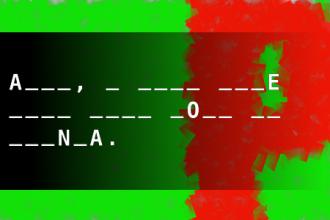PALINDROME
Make the palindrome of the following letters: A, A, A, A, C, C, E, E, E, E, E, E, I, I, M, M, N, N, N, N, O, O, O, O, R, R, R, R, S, T, T, V, VCorrect answers: 25
The first user who solved this task is Donya Sayah30.
#brainteasers #wordpuzzles #palindrome

Kiss
One day a teacher had a taste test with her students. She picked a little boy to do the first test. She blindfolded him, put a Hershey kiss in his mouth and asked, "Do you know what it is?
"No, I don't," said the little boy
"Okay, I'll give you a clue. It's the thing your daddy wants from your Mom before he goes to work."
Suddenly, a little girl at the back of the room yelled, "Spit it out! It's a piece of ass!"

